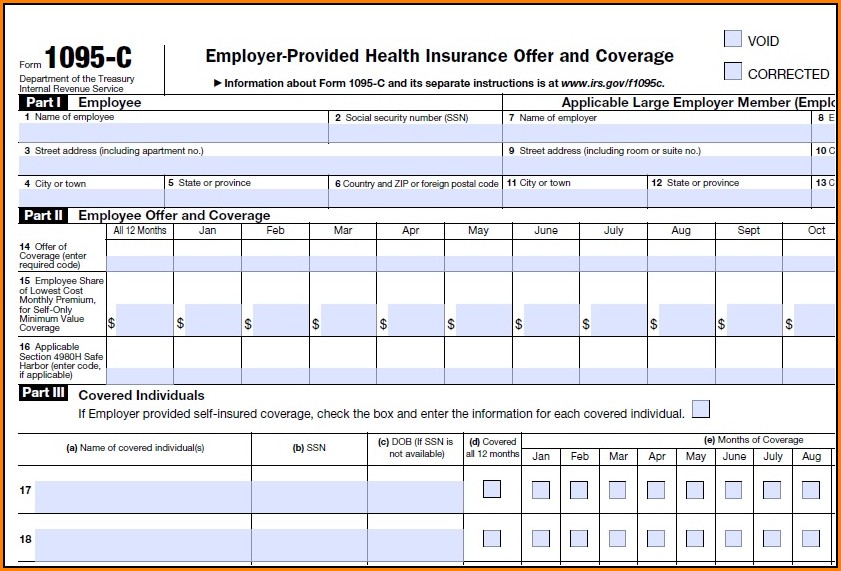What mistakes in your recruitment are you making?
In the current globalized world It’s more important to ensure that businesses attract the right candidates at just the right moment and provide them the appropriate match to their talents. In reality, it’s a lot more difficult to do than it sounds. It’s actually well acknowledged that newly appointed top managers are often unsuccessful in the initial 18-month period. Why?
My opinion is that there is a reason why the majority of owners, and even organizational managers are not conducting formal processes for recruitment regularly enough to build strong competencies in this field. Additionally, their hiring process is usually flawed but also prone to discrimination and bias. Therefore, it’s high time I provide the top ten recruitment mistakes that I’ve seen companies make. If your recruitment process is in this list, you should contact an executive search expert for assistance.
1. Same old, same old
not updating the job descriptions and specifications prior to appointment for a brand new hire usually results in hiring the incorrect employee. The employee hired may be underqualified and thus not sufficiently challenged by the job or may not possess the skills up-to-date enough to meet your new challenges.
2. Is it a replica or superhero?
If an employee who is good has been employed by a company for a long period of time and is highly respected The company will often seek for the “replica” which, in the end, sets that person in a position to fail. On the other hand businesses will seek out the existence of a superhero and find themselves disappointed when the find out to be just a humans. You must create an accurate list of criteria for selection.
3. Dismissing cultural issues
Each company has its own unique style of operation, so do the departments within the organisation. Because each leader is unique in their style, these distinct nuances should be taken into consideration in the “matching” process. In the absence of this, it will result in clashes between different work styles.
4. A single-mindedness
A lot of qualified applicants are not in search of an opportunity to work for a while and need to be lured into looking at the possibilities. So, relying on the old “tried and true” single method of searching isn’t going to work. You must develop an array of strategies that will allow you to broadcast to a broad audience.
5. Bargain dollar dreaming
You’ll be amazed at how many companies aren’t aware of the salary levels that are paid in the market. This is why they are prone to “pie in the sky” thinking when they try to recruit the best level of experience and skills for the lowest starting salary. However there are many who attempt to “nickel and dime” the prospective employee when they negotiate their compensation plan. This is why positions remain vacant for many years.
6. Blindness to organizational structures
While loyalty and commitment are extremely valued, many leaders are able to only see the bright side and aren’t realistic regarding the strengths, challenges and opportunities offered by their organizations. This is why they present a positive picture that can lead to disappointment. Promises made aren’t fulfilled out of the blue and/or wasn’t even there at all.
7. Gaffes in interviews
conducting interviews with candidates interviews is considered to be extremely important business. It is important to accurately assess the candidate’s skills and then compare them with the requirements of your company. Interview questions must be tied with the description of job and inquire for examples of behaviour. Questions that ask the applicant what animal, tree , or fruit they represent is utter absurd and should be reserved to teambuilding time.
8. The snail’s pace process
One of the biggest mistakes that companies commit is to drag their hiring process within unrealistic deadlines. If people are seeking an employment opportunity they don’t want to wait months for it to be available. It’s amazing how many talented candidates get lost in the slow pace of.
9. Unreliable reference screening
You’ll be amazed at the number of people who don’t verify references, instead relying on a personal or a friend’s reference. Referral checking must be carried out as meticulously as an interview in person. Inadequately performing this step can lead to dissatisfaction and even loss of work.
10. Poor initiation
There’s nothing more frustrating than setting a date to start and then seeing an employee start their new job and nobody there to greet them or provide support. The new boss is off during the holidays, and no one realized that the person was coming in, and the workspace as well as materials for the new employee’s orientation aren’t prepared. I was recently informed of a candidate who was kicked out of the new workplace within a week. Be cautious, it might occur to you!
The turnover rates of candidates will cost a business up to three times or more the amount of the individual who quit. Both non-profit and corporate organizations can’t afford this type of financial waste and inefficiency. To fix this issue your first task is overhaul your recruitment strategy to ensure you attract the ideal person, provide an efficient and effective process , and also provide an accurate assessment of your candidate.
Paul Croteau, managing partner Paul Croteau, managing partner of Manitoba’s top executive search specialists. More twenty-five years experience with selection of senior management and executives are the foundation of his enduring reputation of developing a profound understanding of the requirements of his clients which allows him to deliver outstanding service and solve the difficult


















